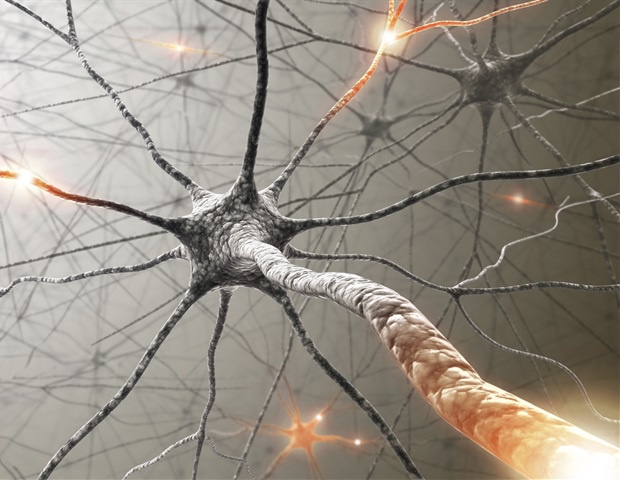Overview
- A new three-dimensional mouse organoid model was developed to mimic continual olfactory neuron production in the nasal epithelium
- The system revealed interdependence between globose basal cells and KRT5-marked horizontal basal cells in generating new smell-sensing neurons
- Selective depletion of the KRT5-positive HBC subpopulation significantly impaired neuron formation in organoid cultures
- Cells from older mice formed fewer neurons in the model, implicating age-related decline in the GBC population
- The team’s next step is to translate the mouse model into a human olfactory organoid for drug screening against smell loss


